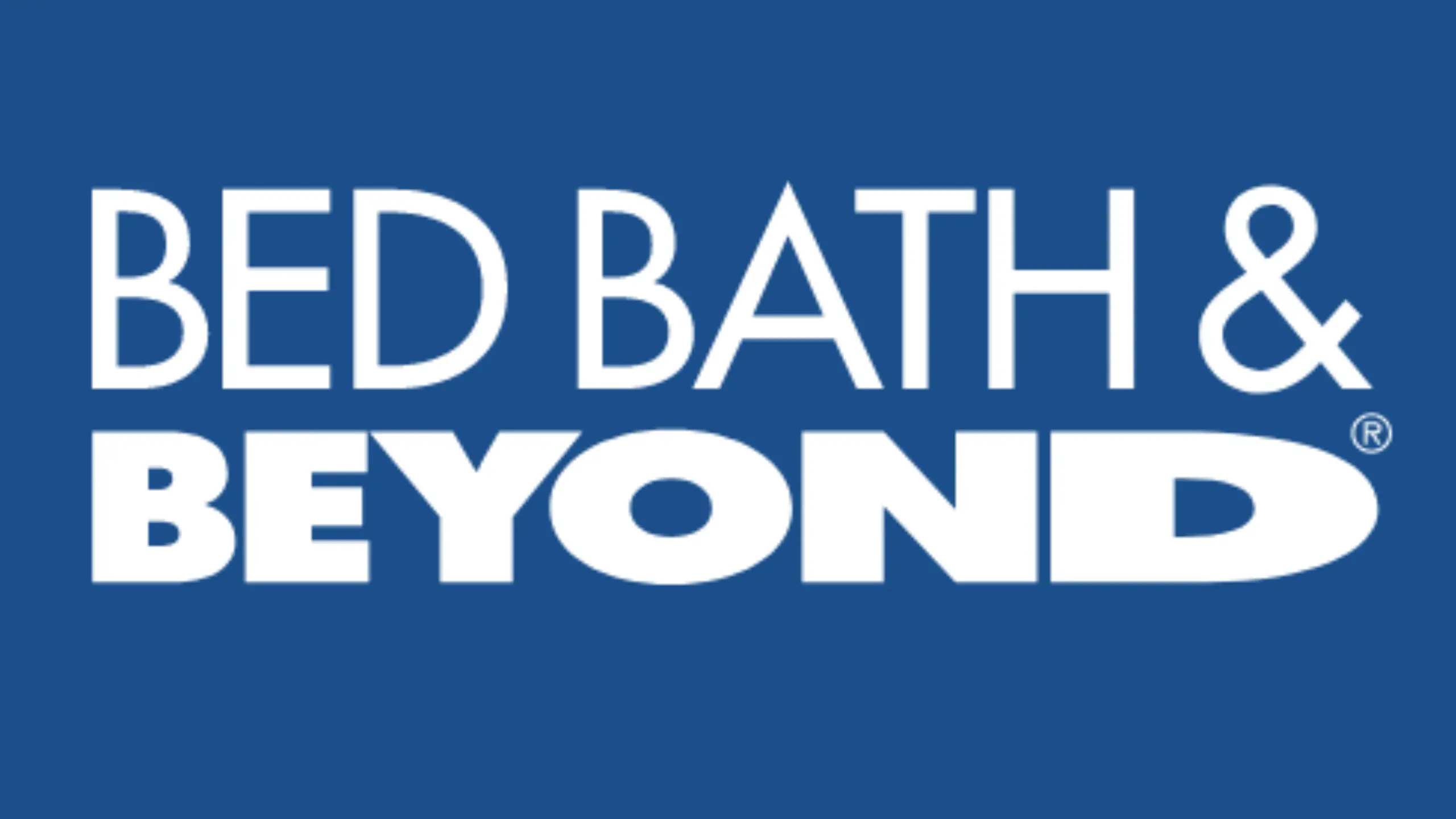Bed Bath & Beyond is a well-known American chain of retail stores that has been providing customers with a wide variety of household goods since its founding in 1971. Over the years, the company has experienced numerous changes and challenges, from changes in ownership to shifts in its target audience. In this article, we will explore the history of Bed Bath & Beyond, including its ownership, financial status, target audience, and recent events.
Ownership of Bed Bath & Beyond
Bed Bath & Beyond was founded by Warren Eisenberg and Leonard Feinstein in 1971. The two entrepreneurs opened their first store in Springfield, New Jersey, in the early 1980s. The company had expanded to six stores in the tri-state area. In 1985, the company went public. By the late 1990s, Bed Bath & Beyond had grown to over 200 stores across the United States.
In recent years, Bed Bath & Beyond has faced significant challenges as it struggles to compete with online retailers and other brick-and-mortar stores. In 2019, activist investors urged the company to replace its entire board of directors. Citing the company’s lack of innovation and slow response to changing consumer trends.
As a result of this pressure, the company’s co-founders, Warren Eisenberg, and Leonard Feinstein, stepped down from their roles as co-chairmen of the board in 2019. The company also appointed a new CEO, Mark Tritton, who had previously served as the chief merchandising officer at Target.
Financial Status of Bed Bath & Beyond
Bed Bath & Beyond has been a publicly-traded company since 1985, and as of March 2023, the company has a market capitalization of approximately $2.8 billion. The company’s revenue for the fiscal year 2021 was $8.5 billion, a decrease from the previous year due to the impact of the COVID-19 pandemic on retail sales.
The company has also faced significant pressure from investors to improve its financial performance and increase profitability. In 2020, the company announced a plan to close approximately 200 stores over the next two years and focus on improving its digital capabilities and customer experience.
Target Audience of Bed Bath & Beyond
Bed Bath & Beyond’s target audience is primarily homeowners and apartment renters. Who are looking for high-quality home goods at competitive prices. The company’s product offerings range from bedding and bath towels to kitchenware and home décor. The company is known for its extensive selection of merchandise.
In recent years, Bed Bath & Beyond has also focused on expanding its offerings for younger consumers, including college students and millennials. The company has partnered with brands such as Dormify and Ugg to create exclusive collections targeted at these demographics.
Recent Events at Bed Bath & Beyond
In addition to the changes in ownership and leadership, Bed Bath & Beyond has also faced several other challenges in recent years. In 2020, the company announced that it would be closing approximately 200 stores over the next two years, citing the impact of the COVID-19 pandemic on retail sales.
The company has also faced pressure from activist investors to improve its financial performance and increase profitability. In response to this pressure, the company has announced several initiatives. Including an increased focus on digital sales and marketing, as well as the launch of new private-label brands.
Conclusion
Bed Bath & Beyond has faced significant challenges and changes over the years, from ownership to competition. However, the company remains a popular destination for homeowners and apartment renters looking for stylish and affordable home goods. By adapting to changing consumer trends and focusing on digital sales and marketing. The company is poised to continue to thrive in the years to come.

